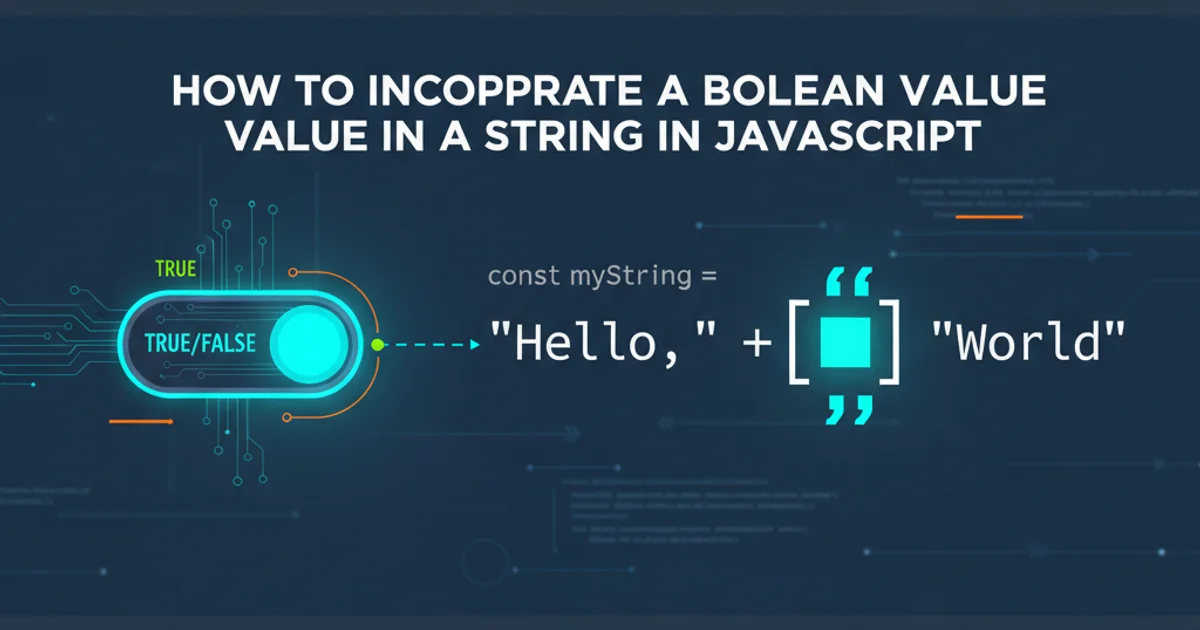How to reduce video file size in android?
Categories:
Optimize Android Video: Techniques to Reduce File Size

Learn effective strategies and code examples to significantly reduce video file sizes in your Android applications without compromising quality.
Video content is increasingly prevalent in mobile applications, but large video files can consume significant storage, bandwidth, and processing power. This article explores various techniques and best practices for reducing video file sizes on Android, focusing on practical implementation and common challenges. We'll cover compression, resolution adjustments, bitrate control, and using Android's MediaCodec API for efficient video processing.
Understanding Video Compression Fundamentals
Video compression works by removing redundant information from video frames and encoding the remaining data more efficiently. Key factors influencing file size include resolution (width x height), frame rate (frames per second), bitrate (data rate), and the chosen codec. A higher resolution, frame rate, or bitrate generally results in a larger file size and potentially better quality. The goal is to find the optimal balance for your application's needs.
flowchart TD
A[Original Video] --> B{Analyze Video Properties}
B --> C{Determine Target Resolution}
B --> D{Determine Target Bitrate}
B --> E{Choose Codec (e.g., H.264, H.265)}
C & D & E --> F[Configure MediaCodec Encoder]
F --> G[Encode Video Frames]
G --> H[Output Compressed Video]
H --> I{Reduced File Size}Workflow for Android Video Compression
Key Parameters for Video Size Reduction
To effectively reduce video file size, you need to manipulate several parameters during the encoding process. The most impactful are resolution, bitrate, and the video codec. Reducing resolution directly decreases the number of pixels to encode. Lowering the bitrate reduces the amount of data allocated per second of video, which can impact visual quality. Modern codecs like H.265 (HEVC) offer better compression efficiency than older ones like H.264 (AVC) at the same quality level, but might have broader device compatibility considerations.
Implementing Video Compression with MediaCodec
Android's MediaCodec API provides low-level access to hardware video encoders and decoders, offering fine-grained control over the compression process. While powerful, it requires careful handling of buffers, states, and threading. For simpler use cases, third-party libraries might abstract some of this complexity, but understanding MediaCodec is crucial for advanced customization.
import android.media.MediaCodec;
import android.media.MediaCodecInfo;
import android.media.MediaFormat;
import java.io.IOException;
public class VideoCompressor {
private static final String MIME_TYPE = "video/avc"; // H.264
private static final int FRAME_RATE = 30;
private static final int I_FRAME_INTERVAL = 5; // seconds
public MediaCodec createVideoEncoder(int width, int height, int bitrate) throws IOException {
MediaFormat format = MediaFormat.createVideoFormat(MIME_TYPE, width, height);
format.setInteger(MediaFormat.KEY_COLOR_FORMAT, MediaCodecInfo.CodecCapabilities.COLOR_FormatSurface);
format.setInteger(MediaFormat.KEY_BIT_RATE, bitrate);
format.setInteger(MediaFormat.KEY_FRAME_RATE, FRAME_RATE);
format.setInteger(MediaFormat.KEY_I_FRAME_INTERVAL, I_FRAME_INTERVAL);
MediaCodec encoder = MediaCodec.createEncoderByType(MIME_TYPE);
encoder.configure(format, null, null, MediaCodec.CONFIGURE_FLAG_ENCODE);
return encoder;
}
// Further steps involve feeding frames to the encoder and extracting compressed data
// This is a simplified example for encoder setup.
}
Basic setup for a MediaCodec video encoder in Java.
MediaCodec can be complex. Consider using libraries like FFmpeg (via ffmpeg-android-lite or similar wrappers) or MediaMuxer in conjunction with MediaCodec for a more complete solution, especially for handling audio and container formats.Practical Steps for Video Compression
Here's a general outline of the steps involved in compressing a video file on Android. This process often involves reading the original video, decoding it frame by frame, re-encoding with new parameters, and then muxing the new video and audio streams into a new container file.
1. Load Original Video
Use MediaExtractor to read the original video file and extract its video and audio tracks. Get the original format details like resolution, bitrate, and codec.
2. Configure New Format
Based on your desired compression, define a new MediaFormat for the output video. This includes setting a lower resolution, a reduced bitrate, and potentially a different codec.
3. Initialize Encoders/Decoders
Create MediaCodec decoders for the original video and audio streams, and MediaCodec encoders for the new compressed video and audio streams. You'll also need a MediaMuxer to combine the new streams into a single output file.
4. Process Frames
Loop through the original video frames. Decode each frame, potentially resize it (if resolution is changed), and then feed it to the video encoder. Similarly, process audio frames through the audio decoder and encoder.
5. Mux Output
As the encoders output compressed data, write these encoded buffers to the MediaMuxer. Ensure correct timestamps are maintained for synchronization. Finally, release all MediaCodec and MediaMuxer resources.